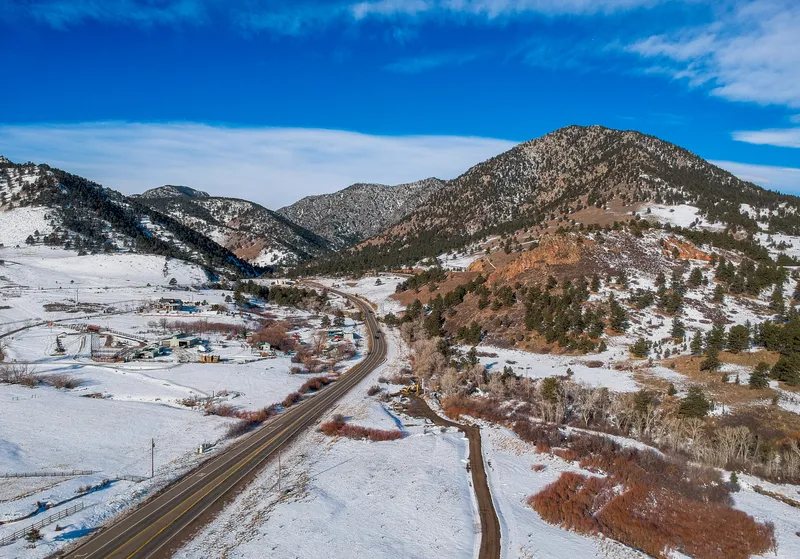Applied Information has launched a product to detect when a traffic control device has been knocked down due to an accident, storm or vandalism – and call for help.
The AI-900-032 Knockdown Detection Sensor uses battery power and wireless Internet of Things technology to send alerts to transportation system managers when it is in an ‘abnormal’ position. It is part of the Glance Smart City Supervisory System suite of products which allow cities to manage traffic and ITS assets under one web-based application.
The company says the sensor connects to any applied information device and monitors it for “sudden and unexpected changes in orientation”.
If the device has more than a 10-degree change that persists for more than 30 seconds, the sensor sends an alert to appropriate personnel via text, email and the Glance dashboard, the company adds.
Applied Information releases Knockdown Detection Sensor
Applied Information has launched a product to detect when a traffic control device has been knocked down due to an accident, storm or vandalism – and call for help.
The AI-900-032 Knockdown Detection Sensor uses battery power and wireless Internet of Things technology to send alerts to transportation system managers when it is in an ‘abnormal’ position. It is part of the Glance Smart City Supervisory System suite of products which allow cities to manage traffic and ITS assets under one web-based applicat
March 5, 2019
Read time: 1 min










